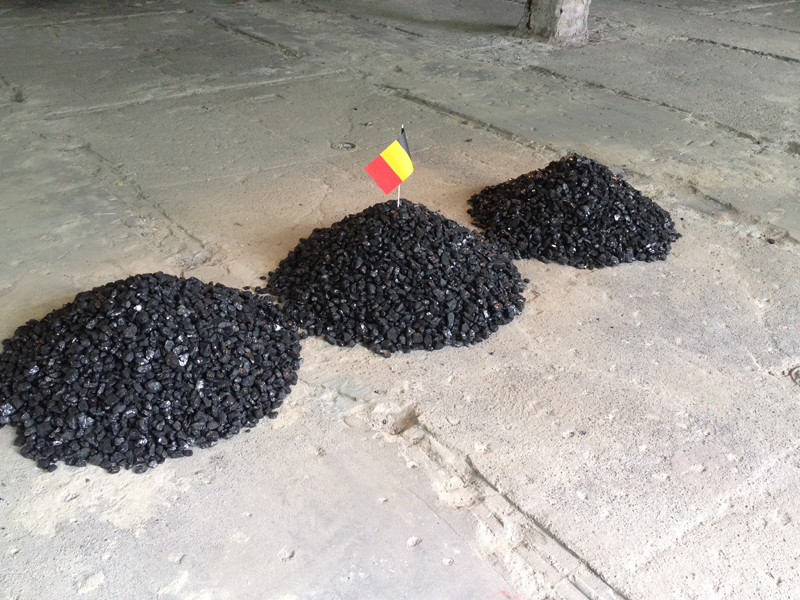It consists of performing a physical examination of the abdomen that may be useful for diagnoses. Simple and readily available instrumentation.
Diagnostic Peritoneal Lavage Technique. Up to 10% cash back whitehouse js, weigelt ja. Diagnostic peritoneal lavage (dpl) is a highly accurate test for evaluating intraperitoneal hemorrhage or a ruptured hollow viscus, but is performed less frequently today due to the increased use of focused abdominal sonography for trauma (fast) and helical computed tomography (ct).
 Qu�estce que le lavage péritonéal ? Améliore ta Santé From amelioretasante.com
Qu�estce que le lavage péritonéal ? Améliore ta Santé From amelioretasante.com
8 rows traditionally, diagnostic peritoneal lavage (dpl) is performed in two steps. Diagnostic peritoneal lavage (dpl) is a useful technique to assess the abdomen when one is unsure of the integrity of the bowel. Up to 10% cash back whitehouse js, weigelt ja.
Qu�estce que le lavage péritonéal ? Améliore ta Santé
Diagnostic peritoneal lavage (dpl) has been used as a diagnostic procedure in patients with blunt abdominal trauma for almost a century. A diagnostic peritoneal lavage (dpl, see chapter 200) should be performed when peritonitis is suspected despite the absence of detectable effusion or when a minimal volume of effusion makes it difficult to obtain a sample. Diagnostic peritoneal lavage (dpl) is an invasive emergency procedure used to detect hemoperitoneum and help determine the need for laparotomy following abdominal trauma. Diagnostic peritoneal lavage (dpl) is a highly accurate test for evaluating intraperitoneal hemorrhage or a ruptured hollow viscus, but is performed less frequently today due to the increased use of focused abdominal sonography for trauma (fast) and helical computed tomography (ct).
 Source: amelioretasante.com
Source: amelioretasante.com
What should you do before and after diagnostic peritoneal lavage empty bladder prior to procedure and post procedure nursing care technique to bypass mouth and oropharynx, used by culture swabs from pharynx and tonsil region unreliable This is most useful in the very sick patient in the icu who is systemically ill, requires ventilation, has paralysis, and is not suitable.
 Source: slideshare.net
Source: slideshare.net
The advantages of dpl in the hemodynamically unstable trauma patient include: Guide wire (seldinger technique) is inserted into peritoneal cavity via midline approach just below umbilicus and should be aimed caudad. Scand j trauma resusc emerg med. Ultrasound (us) and abdominal computed tomography (ct) have largely replaced the use of diagnostic peritoneal lavage (dpl) in the hemodynamically stable trauma patient..
 Source: gezonderleven.com
Source: gezonderleven.com
Closed diagnostic peritoneal lavage (dpl) technique. A catheter is inserted into the peritoneal cavity, followed by aspiration of intraperitoneal contents, often after their dilution with crystalloid. Infuse 15 ml/kg (up to max of 1 liter) of normal saline into peritoneum. This is most useful in the very sick patient in the icu who is systemically ill, requires ventilation, has paralysis,.
 Source: slideserve.com
Source: slideserve.com
Diagnostic peritoneal lavage (dpl) is a highly accurate test for evaluating intraperitoneal hemorrhage or a ruptured hollow viscus, but is performed less frequently today due to the increased use of focused abdominal sonography for trauma (fast) and helical computed tomography (ct). Guide wire (seldinger technique) is inserted into peritoneal cavity via midline approach just below umbilicus and should be aimed.
 Source: slideshare.net
Source: slideshare.net
A review of indications, technique, and interpretation. Diagnostic peritoneal lavage (dpl) is a useful technique to assess the abdomen when one is unsure of the integrity of the bowel. The technique is performed by placing a catheter sterilely into the abdomen, infusing 22 ml/kg of a warmed, sterile. Likewise, doctors may also use it therapeutically for certain clinical conditions. A.
 Source: aneskey.com
Source: aneskey.com
Closed diagnostic peritoneal lavage (dpl) technique. Diagnostic peritoneal lavage (dpl) is a useful technique to assess the abdomen when one is unsure of the integrity of the bowel. The first part involves the attempt to aspirate any free blood that may be present in the peritoneal cavity. Place saline bag below patient body level to allow fluid to drain back.
 Source: sjtrem.com
Source: sjtrem.com
A review of indications, technique, and interpretation. Diagnostic peritoneal lavage (dpl) has been used as a diagnostic procedure in patients with blunt abdominal trauma for almost a century. Pubmedcentral crossref pubmed google scholar The first part involves the attempt to aspirate any free blood that may be present in the peritoneal cavity. The cytologic and biochemical information obtained from a.





